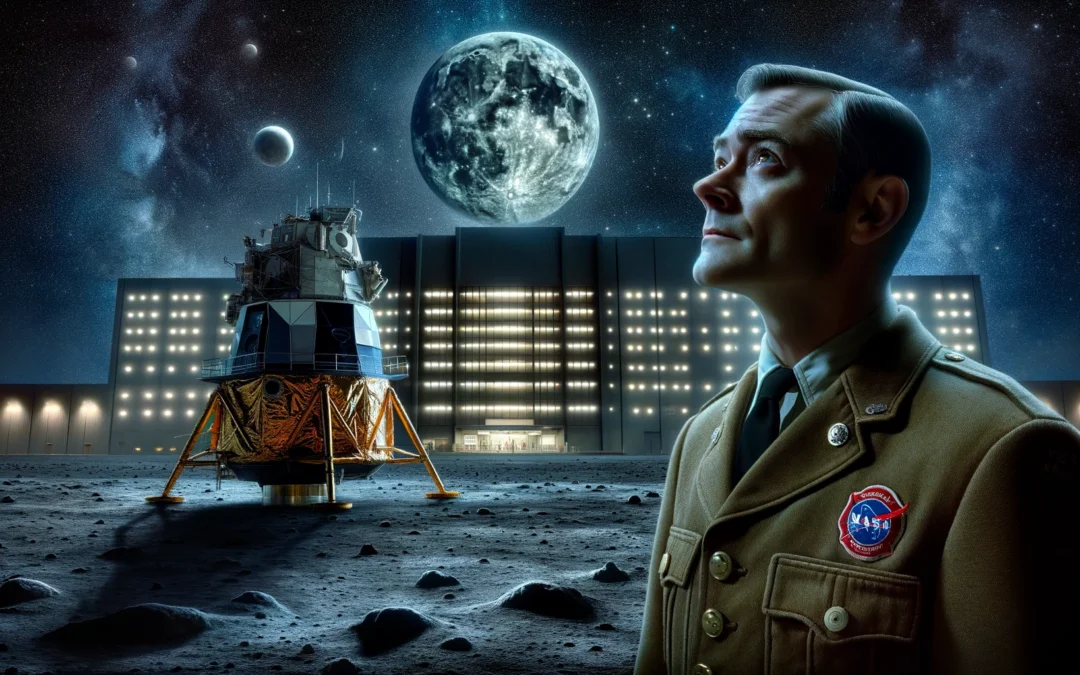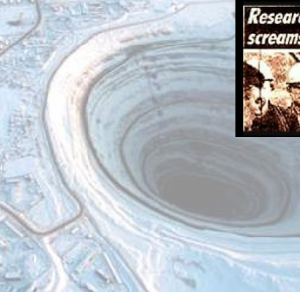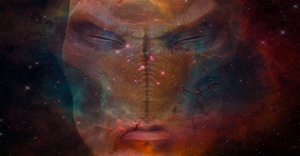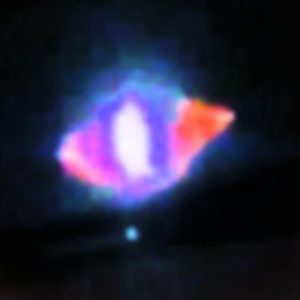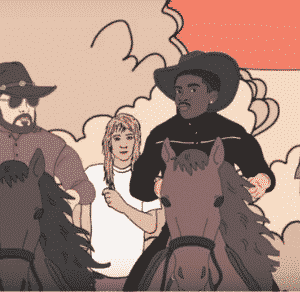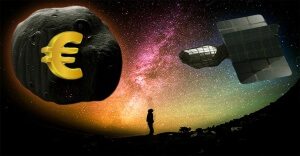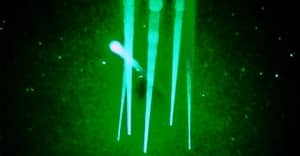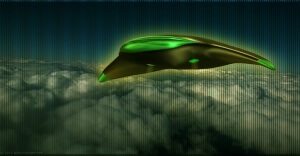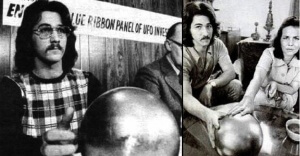A hidden tale surrounds a former NASA firefighter who claimed to have seen a UFO hovering over astronauts during a covert transmission, a sighting made possible by being unexpectedly in just the right location. The revelation of this testimony to the public was the work of researchers B. J. Booth and Eileen Nesbitt, whose presence with us today remains uncertain. The NASA worker who experienced this sighting began his career at the agency in 1958, serving as a security guard in Wayside, Houston, Texas.
This NASA worker, tasked with maintaining fire safety protocols, including the readiness of equipment and evacuation pathways, had access, along with his firefighter peers, to restricted areas within the Johnson Space Center. Here, they occasionally encountered highly confidential materials. During one routine safety check, he and another firefighter came across a remarkable sight related to the Apollo 15 Moon Mission.
Apollo 15, marking the ninth manned spaceflight and the fourth lunar landing in the annals of America’s manned space exploration, signified a pivotal moment. This mission, noted for spending more time on the lunar surface and emphasizing scientific research more than its predecessors, introduced the Lunar Roving Vehicle.
The mission spanned from July 26 to August 7, with lunar surface explorations conducted from July 30 to August 2. Commander David Scott and Lunar Module Pilot James Irwin made their landing near Hadley Rille, venturing into the terrain with the rover. This allowed for unprecedented travel distances away from the lunar module, culminating in 18 hours and 37 minutes of extravehicular activity (EVA) and the collection of 170 pounds (77 kg) of lunar materials.
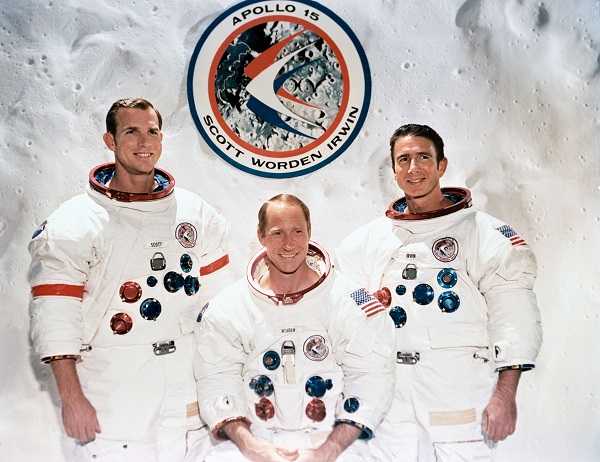
At the time the firefighter joined, the Manned Spacecraft Center’s fire department was believed to have about 380 staff members. Throughout his 26-year career at NASA, he didn’t observe any complaints from employees about the organization’s stringent security measures. “Even in later years, I kept in touch with several of my closest friends, when conversations turned to anything we were told not to talk about, there was always someone there to remind us that we had been told not to discuss it, even after we were no longer there,” Fireman said.
Encounters in the “Crypto” Room
This ex-NASA worker reported multiple events during his time and incidents involving other firefighters that made them question the government’s full disclosure. Specifically, the second floor’s north center of what was known as Building 1 at the Johnson Space Center, originally Building 2 when he started, was designated the “crypto” room.
Entry to this room was generally restricted, and its activities remained unknown to him. Yet, in response to alarms displayed on the station’s enunciator panel, they would attend to the indicated building floor. Around 1964, an alarm led them to the “crypto” room in Building 2.
The doors happened to be open, allowing them to enter and check a seemingly minor control panel. He recounted, “The whole east wall was covered with photos of UFOs. As we finished up, the officer in that room came back in and found us there. He actually pulled his sidearm and pointed it at us before demanding to know why we had entered that room.”
The situation was diffused when Everett Shafer, the head of NASA Security, vouched for them, leading the officer to lower his weapon. The firefighter surmised the officer might have been with the Air Force. In 1968, a similar encounter occurred in the same room. This time, entry was permitted. However, they found the room’s walls completely filled with UFO photographs and images of other peculiar aircraft. Upon completing their task, Mr. Shafer and the officer instructed them to keep silent about what they had seen in the room.
Additionally, a former NASA firefighter shared a testimony about astronauts Scott and Irwin encountering something unexpected on the Moon while exploring Hadley Rill. This account was derived from their exploration activities. He shared this compelling account:
During an Apollo 15 mission, a routine safety inspection brought Jim Baker and me to the viewing room. Settling at the back to enjoy our pipes, a permissible activity in that room, we hadn’t been there more than fifteen minutes when a group of high-ranking officials from the Johnson Space Center, then known as the Manned Spacecraft Center, entered. Among them was an individual we cheekily nicknamed “Chrome Dome,” actually Dr. Girth, a respected mind of our nation.
Just before their arrival, we had noticed the technicians in the Mission Operations Control Rooms (MOCR) vacating the area. This wasn’t unusual for a standard EVA, but it was peculiar since the astronauts were in Hadley’s Rille, out of sight from the camera. The Lunar Rover’s left front camera was aimed at their last known location, and while we could hear their voices, we weren’t fully focused on their conversation until the technicians left. Jim humorously commented on the sudden departure of the technicians.
A Mysterious Object Over Hadley’s Rille
After our brief exchange, Dr. Gilruth and his colleagues entered, immediately engrossed in a discussion near the center of the room, pointing excitedly at a secondary screen. Our attention shifted to the screen, where we saw an object hovering over the astronauts’ supposed location in Hadley’s Rille. This object was distinctly round, exhibiting a bright side and a shadowed side that matched the lunar shadows. Despite the monochromatic appearance of the video feed, it could have represented color images affected by the stark lunar lighting.
The object then began to traverse from left to right across the screen, with the Rover’s camera tracking its movement. It became clear that the object was not moving laterally but was actually orbiting the Rover. The object was seamlessly tracked by the Rover’s two mounted cameras as it circled. Eventually, it returned to its original position above the astronauts’ location in the Rille.
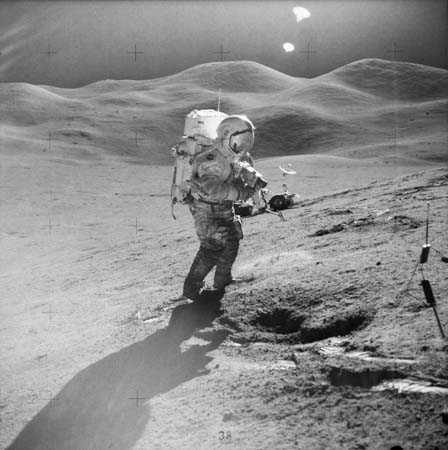
Hadley’s Rille’s Recount
In a detailed report regarding an unusual incident witnessed by a former NASA fireman and his colleague, the events unfolded in a seemingly ordinary context but led to extraordinary revelations. The incident occurred during a routine safety inspection at NASA’s Mission Operations Control Center (MOCR) on the second floor of Building 30, also known as the Mission Operations Control Center.
The witness recounted how a spontaneous exclamation, “What the crap is that?” caught the attention of Dr. Gilruth and other high-ranking officials. This reaction was prompted by the sight of an unidentified object taking off “straight up and went out of sight in less than a second.” The unusual nature of this sighting quickly escalated the situation, drawing inquiries from present officials, including one believed to be Everette Shafer.
Despite an attempt to dismiss the sighting as a “drop of oil on the lens of the camera on the moon,” the witness expressed skepticism, citing the implausibility of such an explanation due to the lunar temperature conditions. The insistence on this unlikely explanation led to a stern warning about job security and the importance of silence regarding the incident, emphasizing the gravity of national security.
The security measures were further highlighted by the unexpected presence of Dick Nieber and Loring E. Williams of security, indicating a heightened level of secrecy and control over the situation. Rumors among the security personnel suggested a tragic outcome for the astronauts, which was quickly dispelled by the witness.
Following the incident, the witness meticulously documented the event, including dates, names, and details, securing a signed corroboration from Jim Baker, a colleague who later passed away in 1983. This documentation was made despite instructions from Sgt. Thomas Walsh, who relayed a message from Shafer emphasizing the national security implications of the incident and the imperative to remain silent.
The witness retired in 1979, moving to Austin, Texas, and later learning of Baker’s death through his daughter. Reflecting on their shared experience, the witness remembered Baker’s acknowledgment of their skepticism towards the official explanation provided at the time.
This report not only chronicles a peculiar observation during an Apollo mission but also underscores the tensions between official narratives and the personal convictions of those who witness unexplainable events. The insistence on secrecy and the invocation of national security suggest the incident’s sensitivity, leaving more questions than answers about what was truly observed that day.
